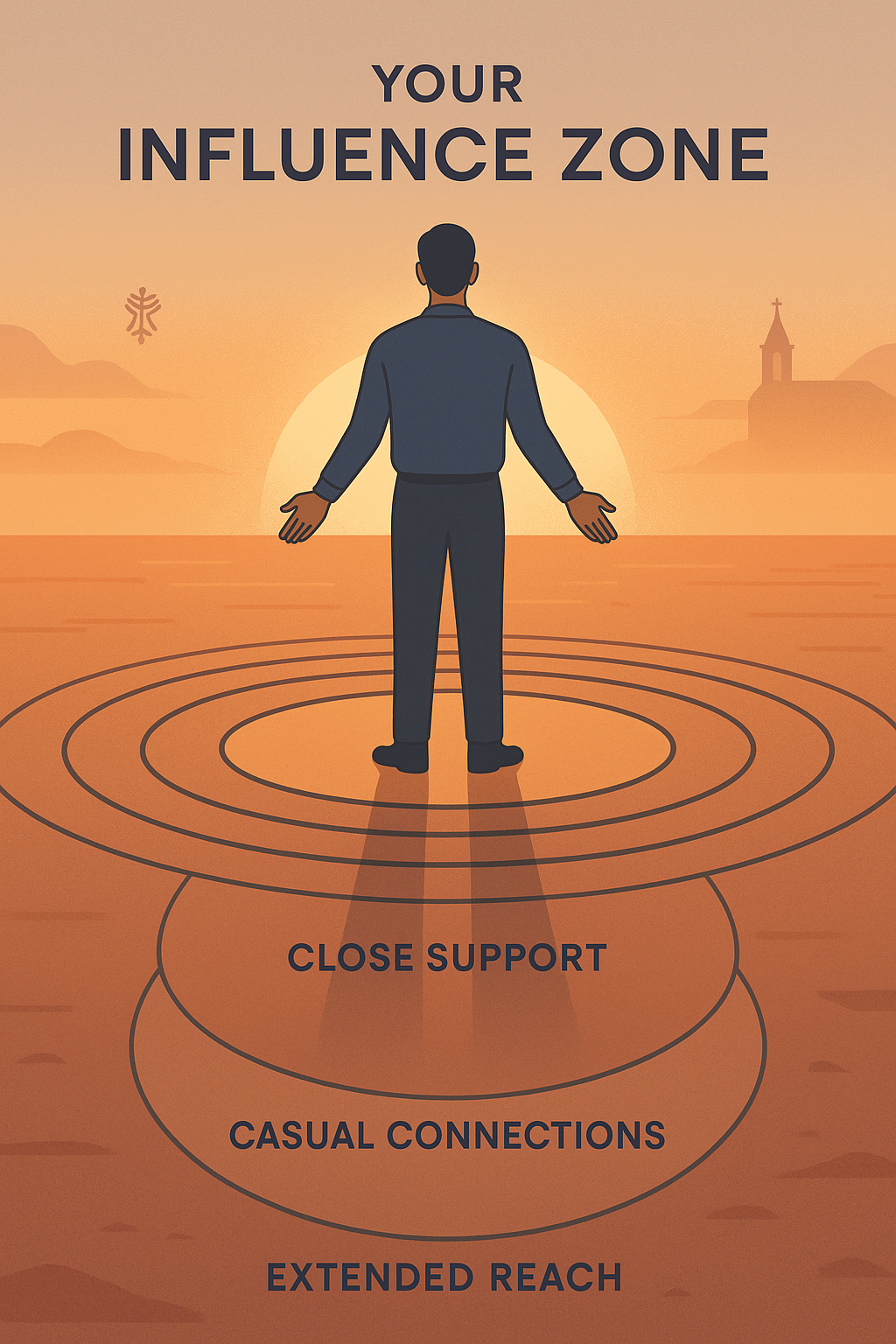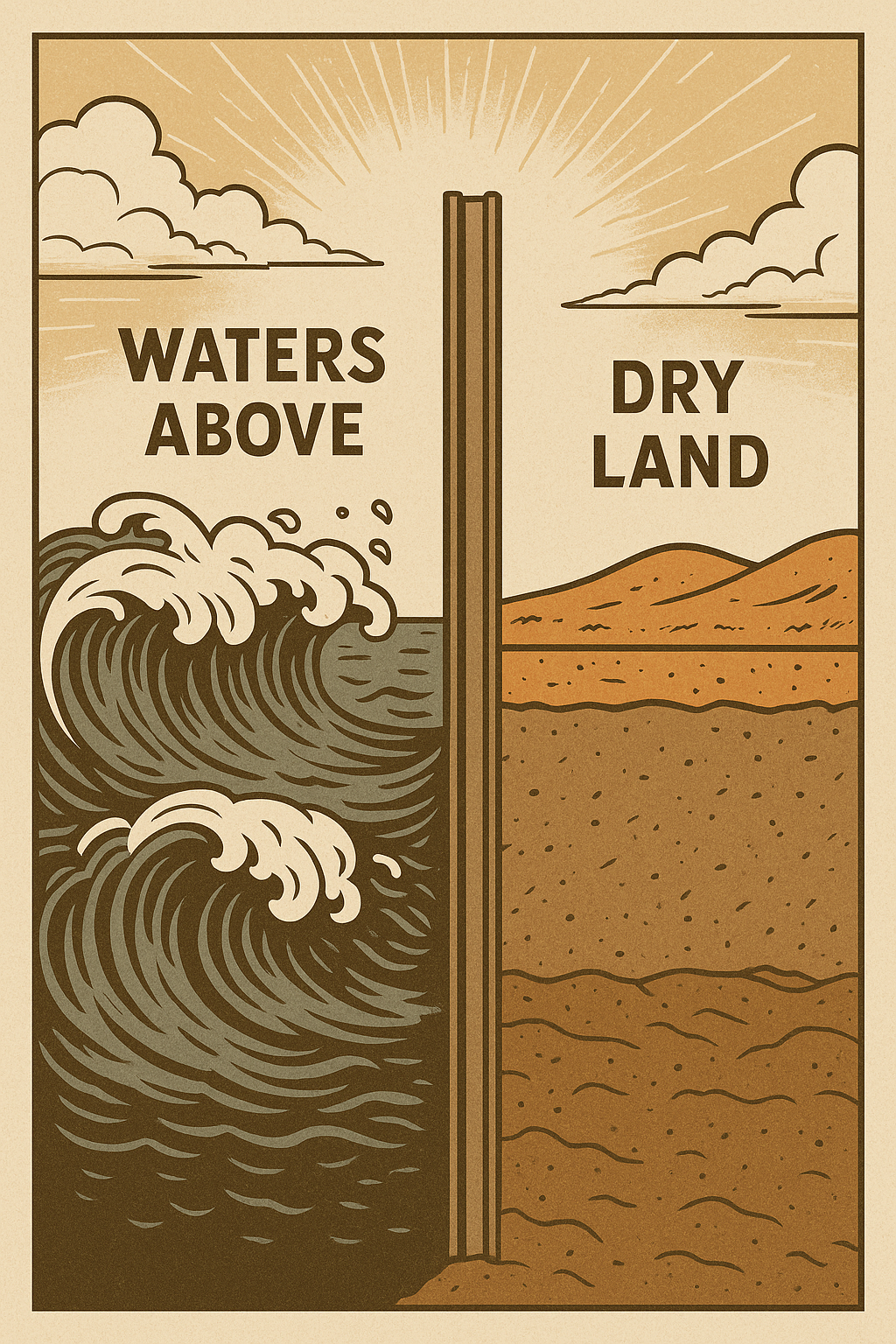What Soil Can Teach Us About Burdens, Boundaries, and Belonging
In soil mechanics, we talk about something called an influence zone.
When a load is applied to the ground, say, a column or a foundation, the effect doesn’t just stop at the surface. The stress penetrates downward, spreading out in a pattern, much like a ripple in a pond. The influence zone is the region of soil where that stress is felt. It’s the part of the ground that participates in bearing the load.
But here’s where it gets fascinating. Not all soil within the influence zone shares the burden equally. The particles closest to the source carry the most load. As you move away, the stress tapers off, but the contribution doesn’t vanish. Even particles far from the origin still play a part in keeping things stable.
Now, here’s what makes soil uniquely beautiful: it does all this without being forced.
Unlike concrete, where particles are glued together by cement, or steel, where atomic bonds lock everything into place, unbonded soil particles voluntarily assist in the load-bearing process. There are no chains forcing them to help, but they do. Naturally. Freely. Lovingly, almost.
So, What’s This Got to Do With Us?
More than we often realize.
Like soil under stress, we all carry loads: pressures, responsibilities, griefs, deadlines, family, finances, health, and more. And the heavier the load, the more it spreads. The larger your burden, the wider your influence zone becomes. Whether you like it or not, your stress reaches others.
But here’s the real lesson: you’re not meant to bear it all alone.
To share your burden well, you need to understand who is within your influence zone. Some people are close enough to carry a larger part of your emotional or mental weight. Others are farther out, still helpful, still important, but not as directly involved.
Just like in soil mechanics, this distribution isn’t a flaw, it’s a feature. Knowing who’s closest, and what role they should play, is wisdom.
Be the Soil, Not the Cement
Too often, we try to act like concrete, forcing connections, holding everything together on our own, setting hard and refusing to crack. But life isn’t meant to be a solo structure. We’re more like soil, individual yet connected, separate yet supportive.
Let your community support you.
Let the right people help you carry the load.
And be that person for others when the stress reaches them.
Final Thought: Know Your Zone
You must know your influence zone.
- Who is in your zone?
- Who are you close enough to support?
- Who do you let close enough to support you?
Don’t live unaware. Don’t isolate. And don’t assume everyone should carry the same weight in your life, or that you should carry everything in theirs. Balance and proximity matter.
I’m Damilola Akinniyi, a geotechnical engineer, mentor, and passionate explorer of life lessons hidden beneath our feet. Through the lens of soil mechanics, I teach, inspire, and guide others toward deeper understanding, resilience, and purpose. If you’d like to connect or need support, feel free to reach out here.
Because soil never lies. It just listens, supports, and shows us how to stand strong together.
© 2025 Damilola Barnabas Akinniyi. All rights reserved.
This content is original and protected. You may quote small portions (with credit and link), but full reproduction is prohibited without written permission.


